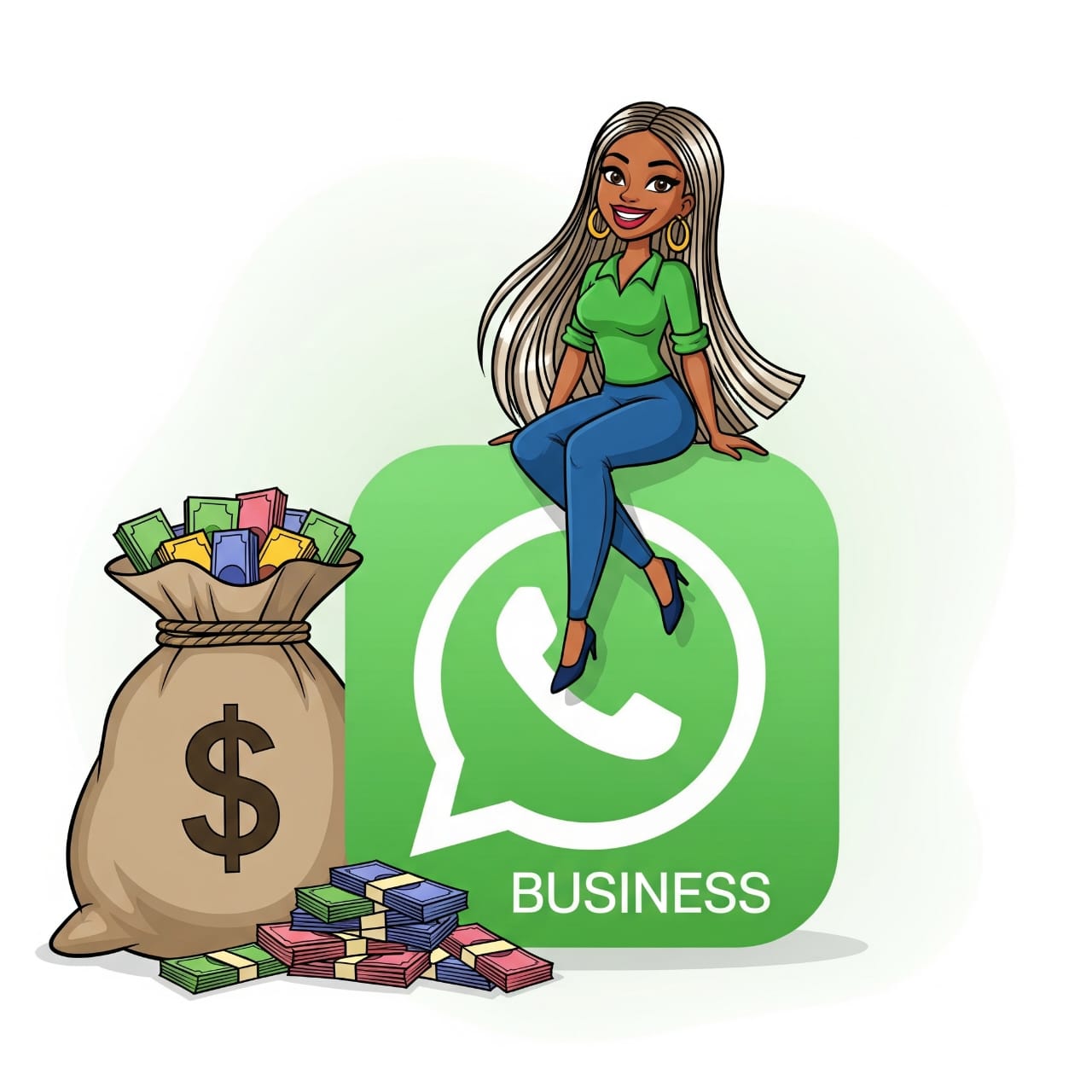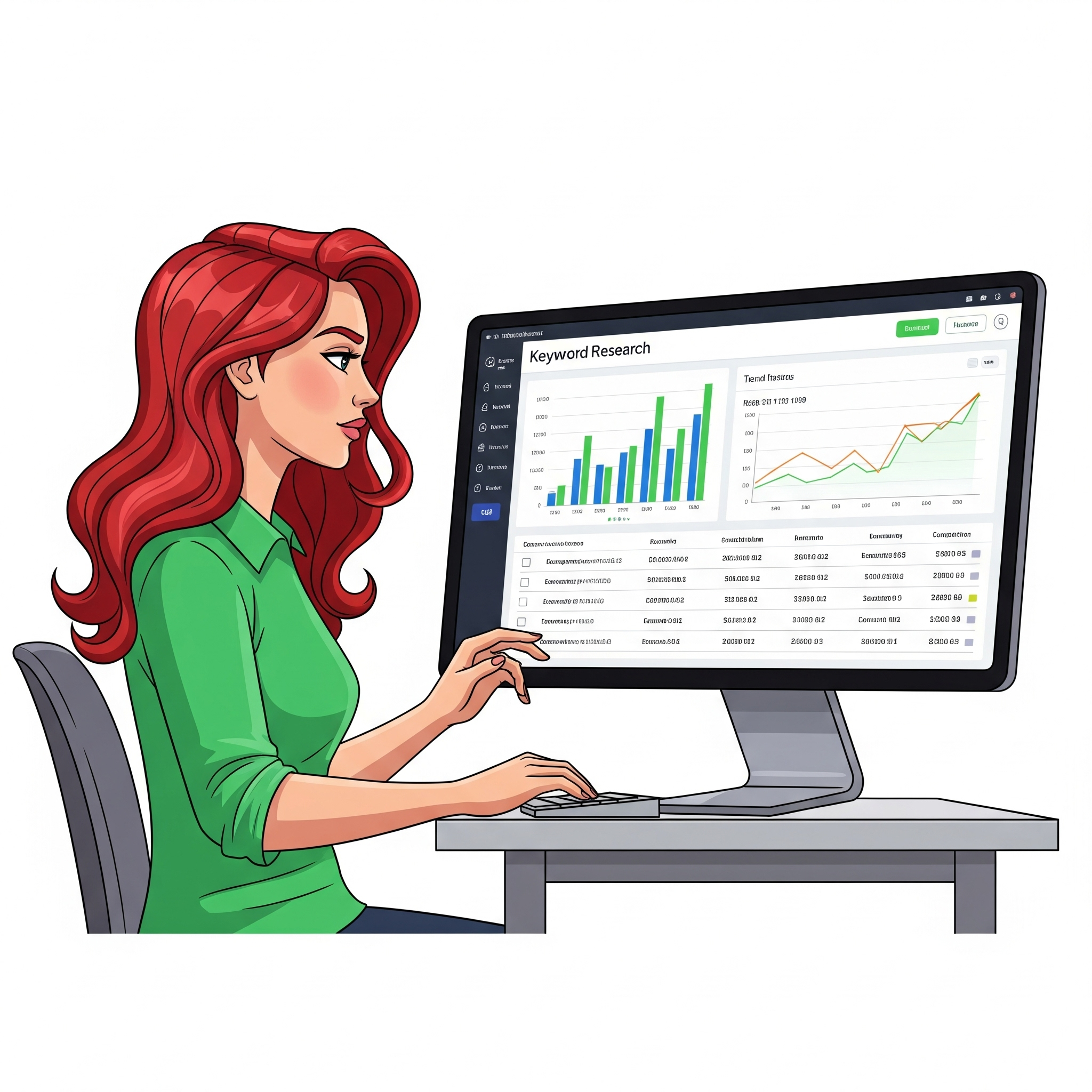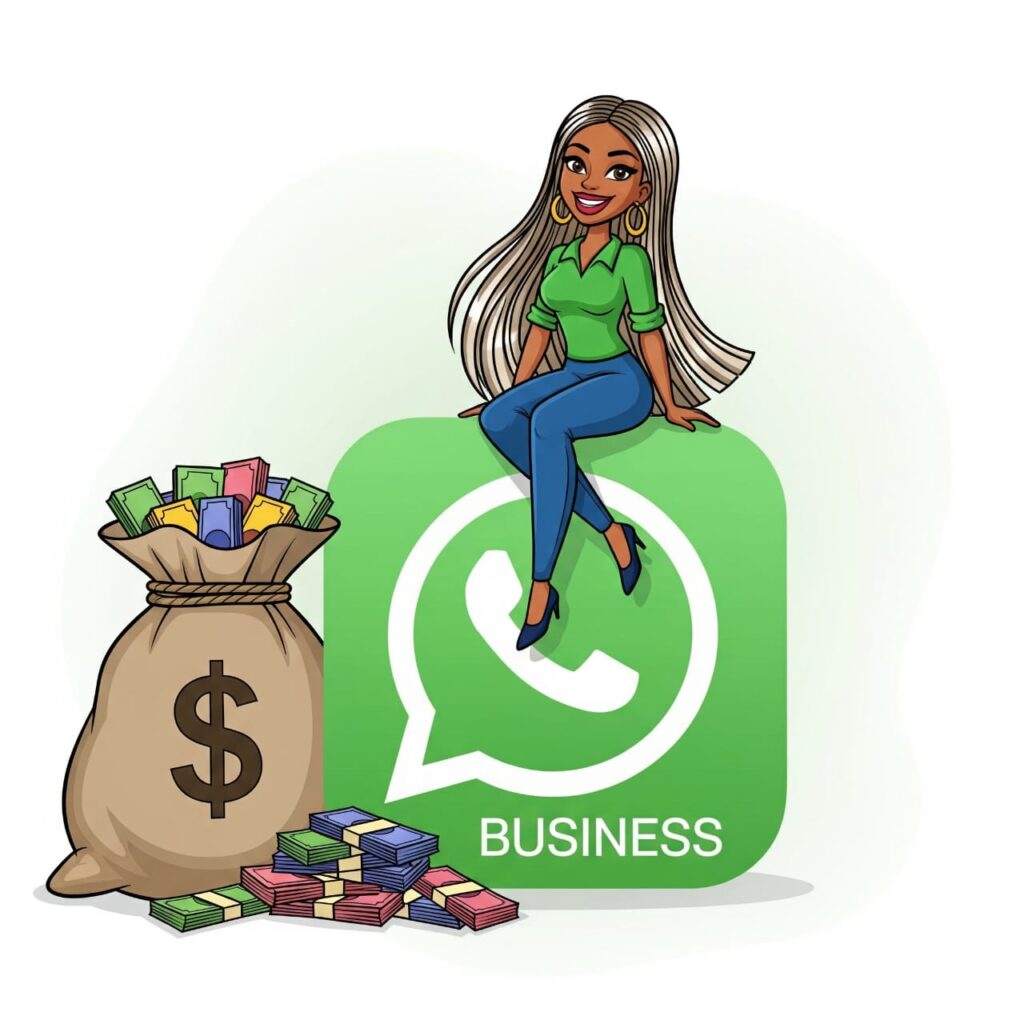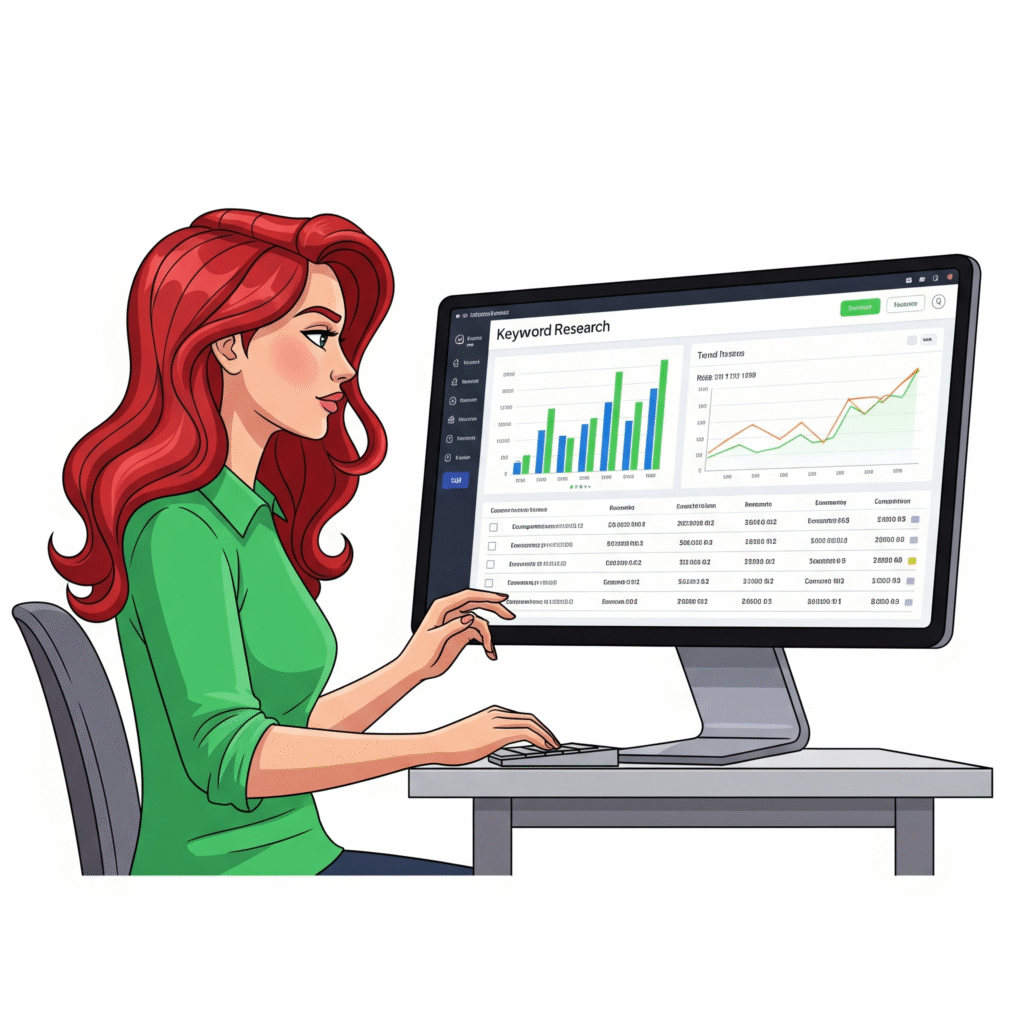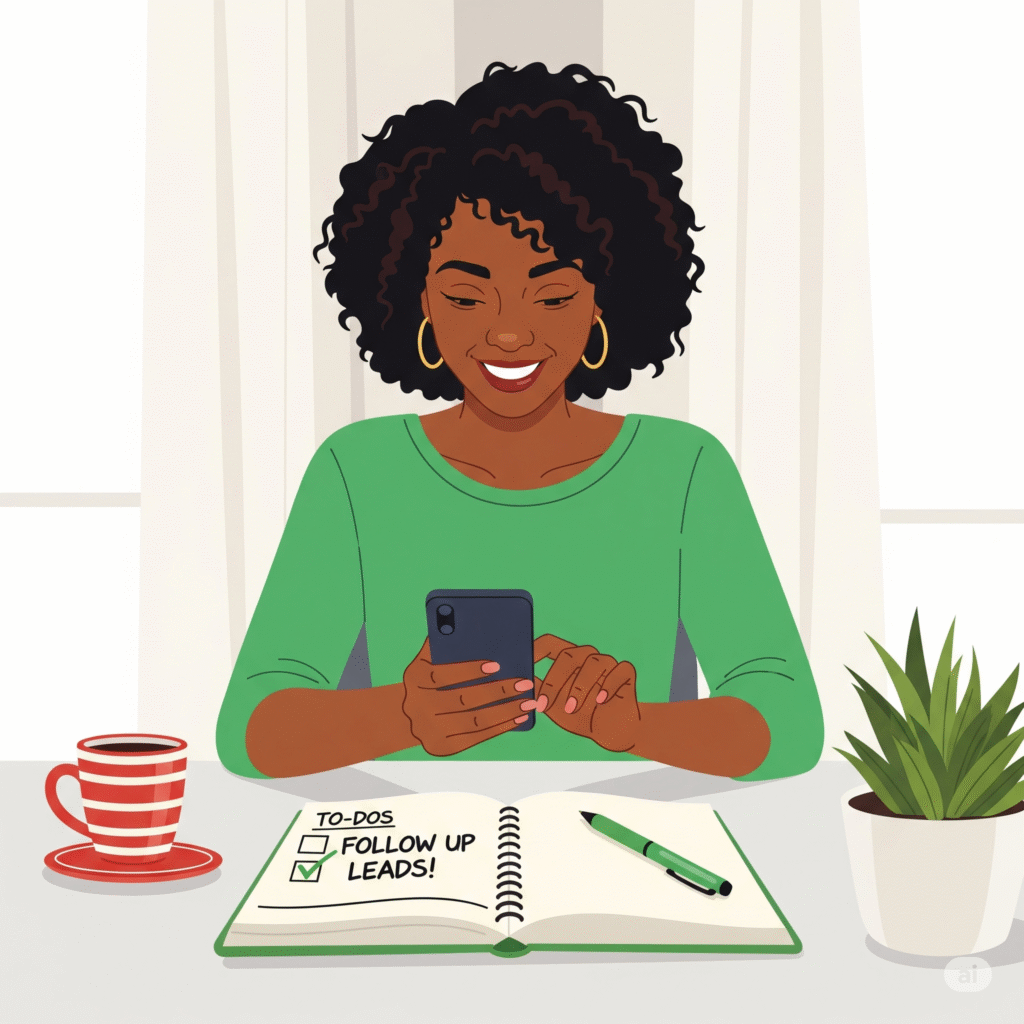
Did you know that a whopping 80% of sales require 3–5+ follow-ups? This isn’t just a number, it means most of your potential customers are not likely to buy on the first conversation or interaction with your brand. So, if you want to close more sales, you must follow up with customers at least 3–5 times to significantly increase your chances.
As a small business owner with little to no budget for paid ads, learning how to follow up with a customer can be your secret weapon. And in this post, I’m going to teach you exactly how to unleash that power.
What You’ll Learn:
- Why most businesses fail at follow ups (and how to fix it)
- The exact follow up sequence that converts leads into buyers
- When to follow up (because timing is everything!)
- Copy-and-paste follow-up email templates for different scenarios
Why Follow Up is Your Secret Sales Weapon
Most customers don’t buy on the first contact because they might:
- Get distracted
- Need more time to decide
- Forget about your offer
- Be waiting for a better deal
If you’re not following up, you’re practically sending customers to your competitors. Learning how to follow up on potential clients is crucial in today’s crowded marketplace.
Here are 5 key benefits of following up beyond just making sales:
While the ultimate goal of following up is to drive sales, there are other powerful benefits that follow-ups bring to your brand, even if a sale doesn’t happen immediately.
- Shows professionalism and builds trust: Regular follow-ups tell customers that you take your business seriously and that you are reliable.
- Enhances Brand Recall: Consistent follow-ups keep your brand top-of-mind when customers are finally ready to buy or even refer their friends or family.
- Generates Valuable Feedback: Follow-ups create perfect opportunities for customers to share valuable insights you can use to improve your business operations.
- Creates Brand Advocates: Strategic follow-up can transform satisfied customers into loyal promoters who actively refer others.
- Reduces Churn: Proactive check-ins can help you identify and resolve issues before customers even consider switching to competitors
Why most businesses fail at follow ups
Many businesses fail at follow-ups because they either give up too soon or they come on too pushy. But that’s a huge mistake! Here’s the truth: nobody likes to feel pressured, and in fact, no-pressure follow-ups actually win over 57% of customers
The purpose of follow-up is not to harass, it’s to support. When you learn how to politely follow up with a client, you’re building trust, not just trying to close a sale. Remember: it takes multiple touches, not multiple pushes.
3 Types of Follow Ups Every Business Must Use
1. The Inquiry Follow Up (For Hot Leads Who Haven’t Bought Yet)
This strategy works is for when you want to follow up with a customer on a quote or even for how to follow up with potential clients who have gone quiet.
When to use: After a customer asks about a product but doesn’t purchase.
Goal: To remove objections, offer incentives, and create urgency.
Example Templates:
Day 1 (Initial Contact) “Hi [Name], thanks for reaching out about [product]! Here’s the info you requested: [Link]. Let me know if you have any questions, I’m happy to clarify anything for you.😊”
Day 3 (Value Reminder & Open Conversation) “Hi [Name], Just checking in – did you get a chance to review [product]? I’d genuinely love to hear your thoughts or answer any questions you might have. No pressure at all.”
Day 7 (Gentle Incentive) “Hi [Name], I wanted to let you know we’re running a special offer on [product] right now – you can get [10% off] if you order by [date]. Just thought you might appreciate the heads-up if you’re still considering it. 🎁”
Day 14 (Benefit-focused Reminder) “Circling back, [Name], Just a friendly reminder about [product]. Many of our customers love how it helps with [mention key benefit 1] and [mention key benefit 2]. If you’re still exploring options, this offer might be helpful. Feel free to ask if anything comes to mind. 😊”
Day 21 (Final Courteous Check-In) “Hi [Name], This will be my last check-in regarding [product] for now. I simply wanted to ensure I’ve answered all your questions and that you have everything you need. If you decide later that you’d like to revisit it, please don’t hesitate to reach out! Wishing you all the best.”
Why This Works:
- Spaced-out touches prevent annoyance.
- Mix of value, helpfulness, and gentle urgency increases response.
- Respectful closure avoids burning bridges and leaves the door open
2. The Post-Purchase Follow-Up (Turn Buyers into Repeat Customers)
When to use: After a customer makes a purchase.
Goal: Build loyalty, encourage reviews, and set up future sales. This is key for sustained customer relationships.
Example Templates:
The “Thank You & Support” Follow Up “Hi [Name], 🎉 Your order for [product] is on the way. Just wanted to say a big thank you for your purchase. If you have any questions when it arrives, don’t hesitate to reach out. We’re here to help. 😊”
The“Upsell/Cross-Sell” Follow Up Hi [Name], “Loving your [product] so far? We’re so glad! Based on what you bought, you might also find [related product] really useful – it complements [product] perfectly! No rush, but here’s a [10% discount] if you ever decide to explore: 🎁 [Link]”
The “Referral Ask” Follow Up “Thank you for being such an amazing customer, [Name].❤️ We truly appreciate your support. If you’ve had a great experience with [your product/service] and know anyone who might also benefit, we’d be so grateful if you’d share our link. As a small thank you, we offer [free gift/discount] for every successful referral. 😊
Pro tip: Don’t stop at just asking for referrals. You could also ask them to write you a review on Google My Business or give your brand a social media shoutout. Why? Because products are up to 270% more likely to sell with even as little as five reviews.
3. The Abandoned Cart Follow Up (For those that have online store front):
When to use: When a customer adds items to their cart but doesn’t check out.
Goal: Recover lost sales with gentle nudges and incentives. This is a powerful tactic for e-commerce sales recovery.
Example Templates:
The “Is Everything Okay?” Follow Up “Hi [Name], 👋 It looks like you left some items in your cart! Is everything okay on your end? Sometimes tech glitches happen, or maybe you just got distracted. If you need any help checking out, just reply ‘HELP’ and we’ll assist you. 😊”
The “Thoughtful Reminder + Perk” Follow Up “Just a friendly reminder about the items waiting in your cart. We noticed you were interested in [mention specific item/category]. For a limited time, you can complete your order and get [free shipping/10% off]. Click here to pick up where you left off: [Link].”
Pro Tip: Use relevant channels (like social media DMs, WhatsApp, email, or even a quick call) based on which channel the customer contacted you on.
Final Thoughts: Stop Ghosting Your Leads
Following up isn’t pushy – it’s good business. Most sales happen after multiple touches, so if you’re not following up, you’re losing sales to competitors who do. Remember, a persistent yet polite approach wins.
Your Action Step Today:
- Go through your recent inquiries (from any channel – WhatsApp, email, social media DMs).
- Pick 5 leads who didn’t buy and send them a gentle follow up message.
Which follow up strategy will you try first? Let me know in the comments

